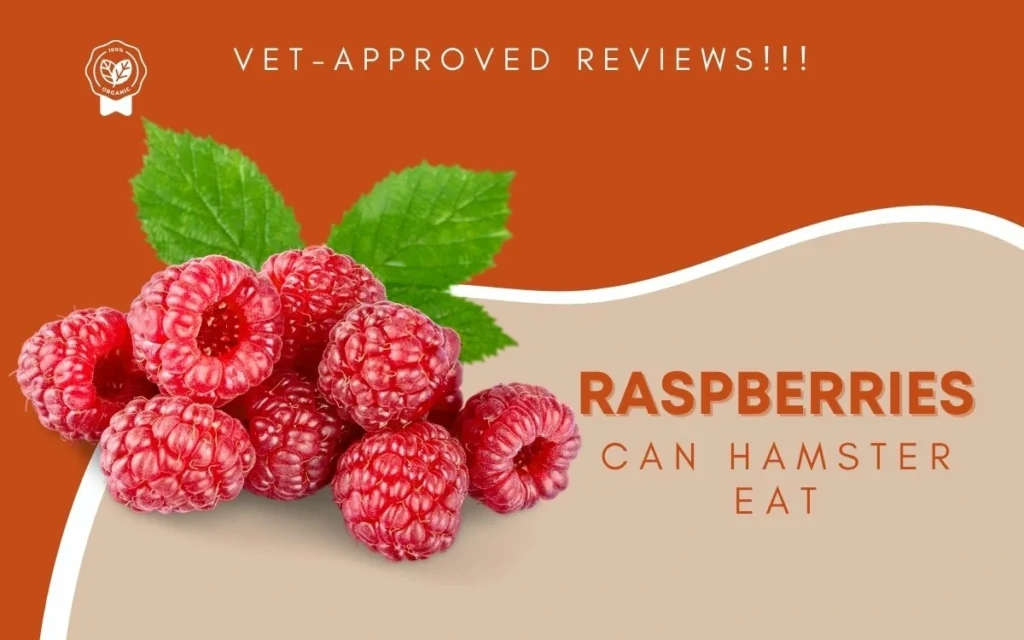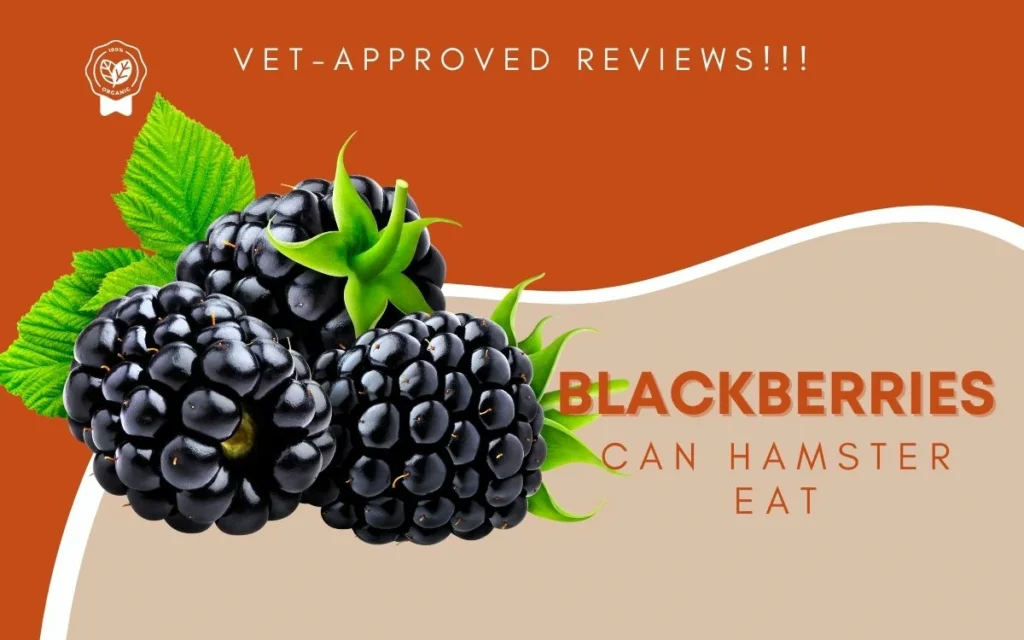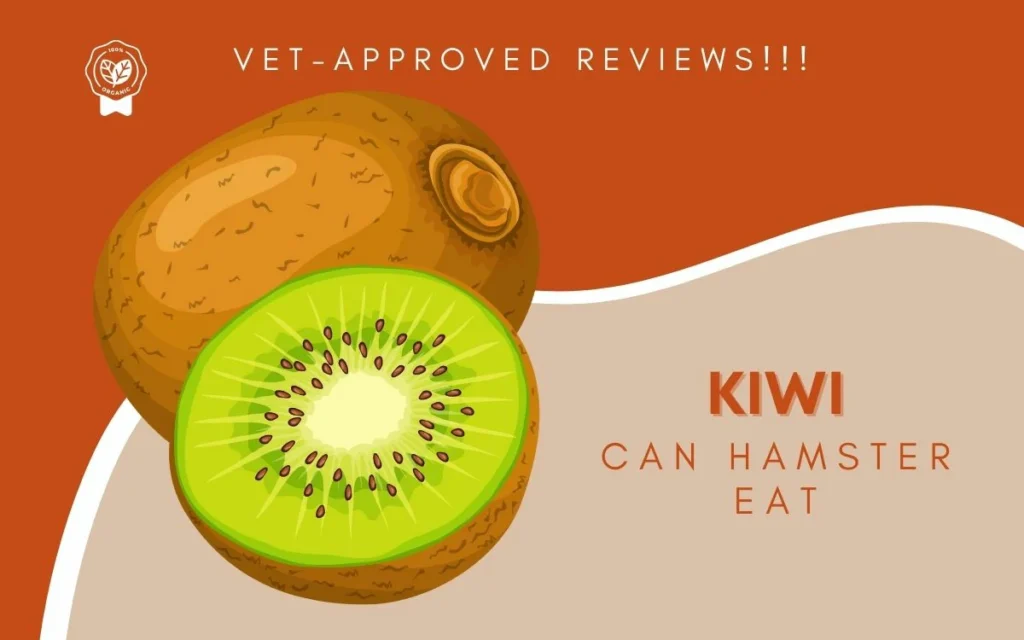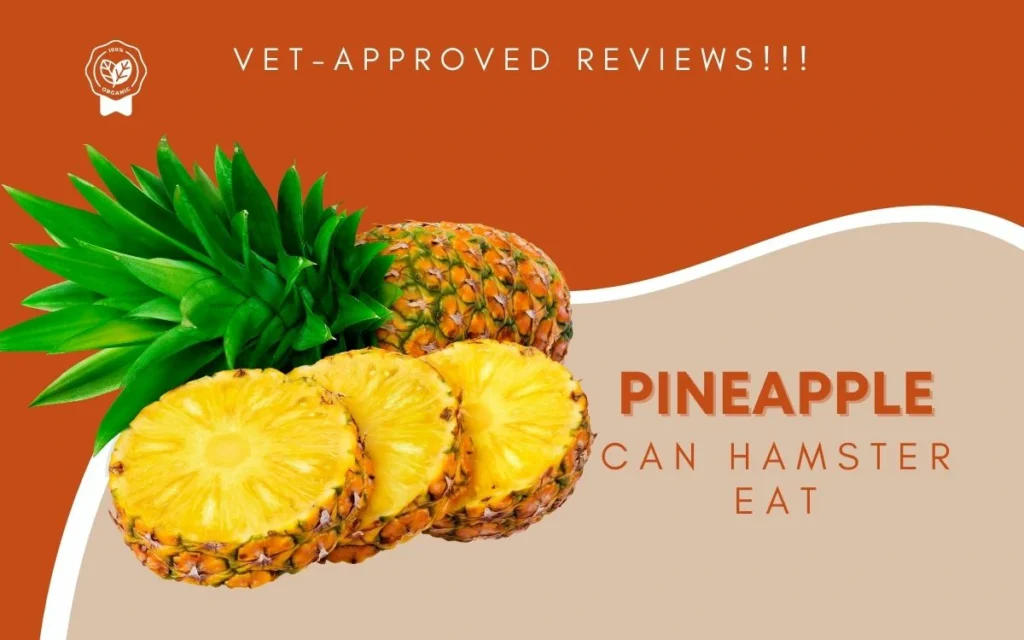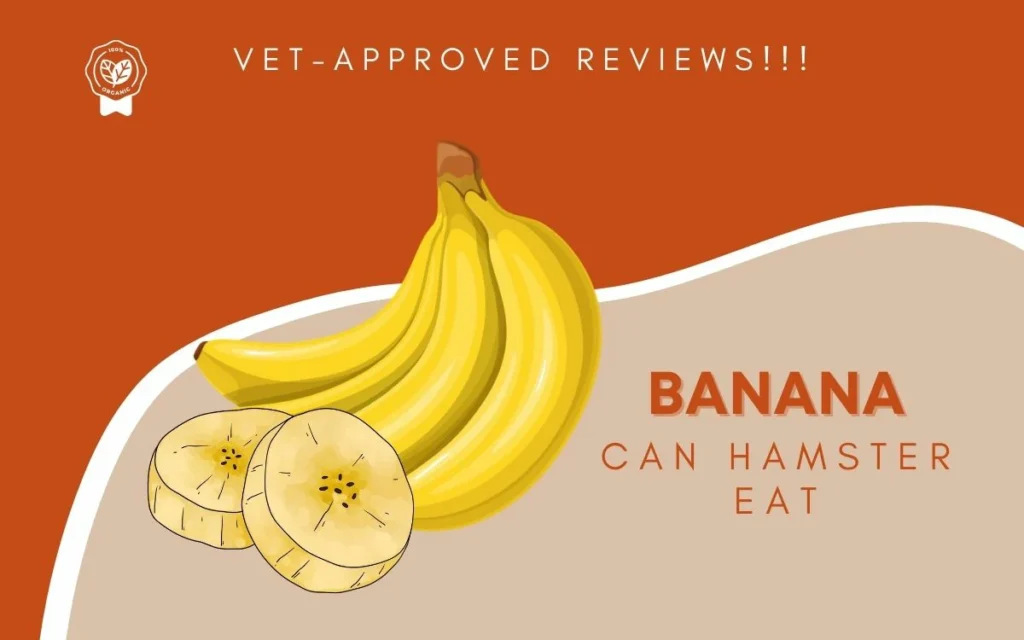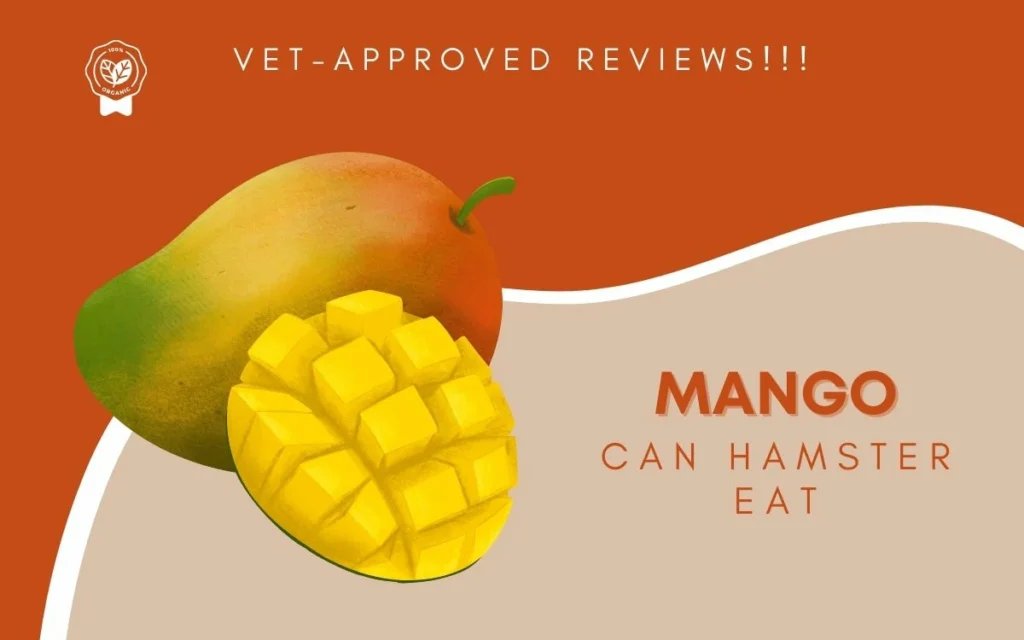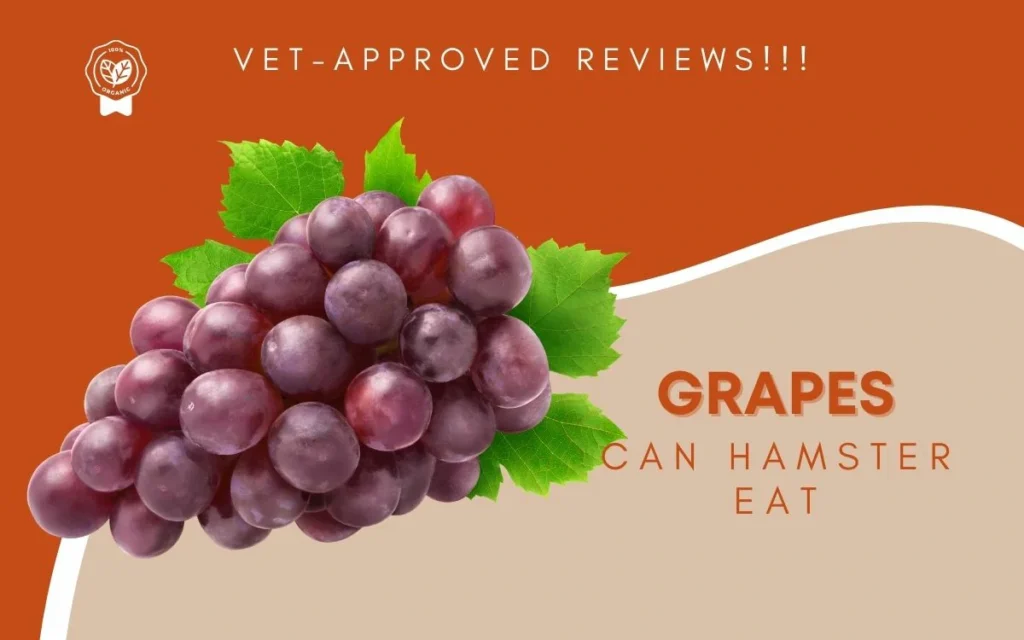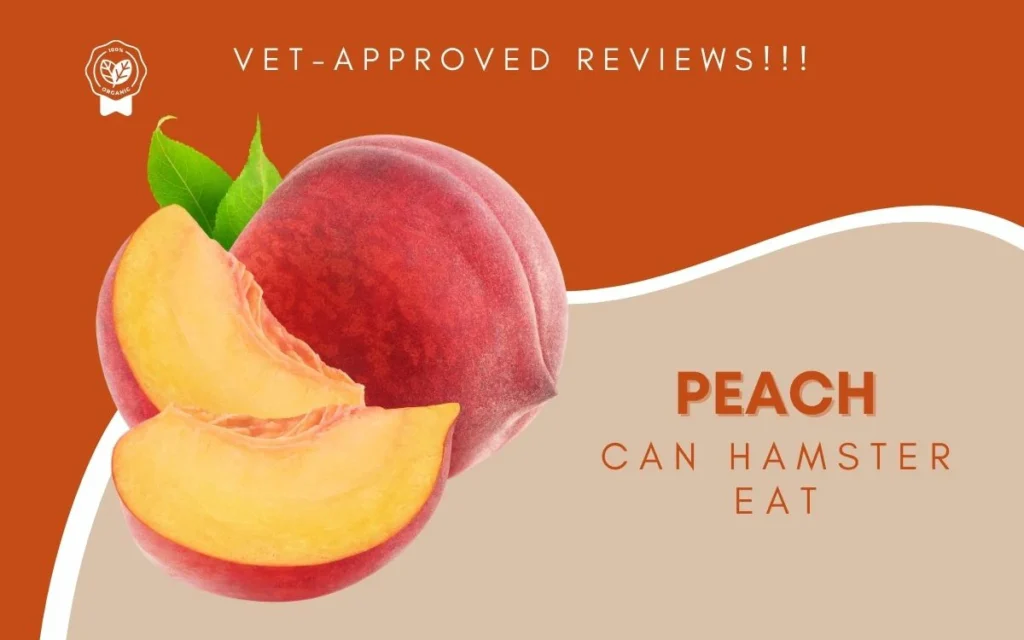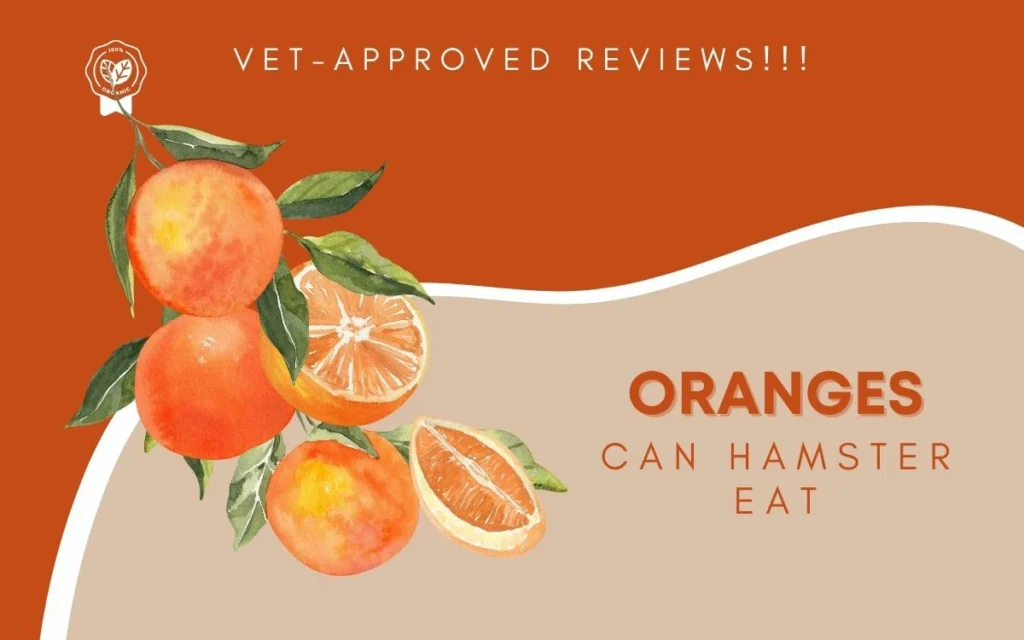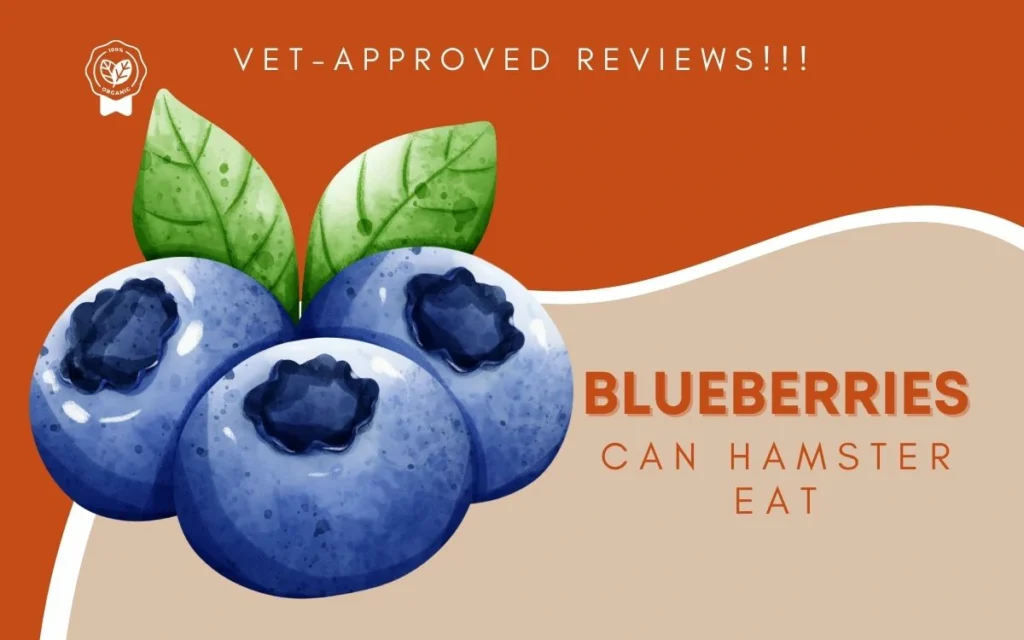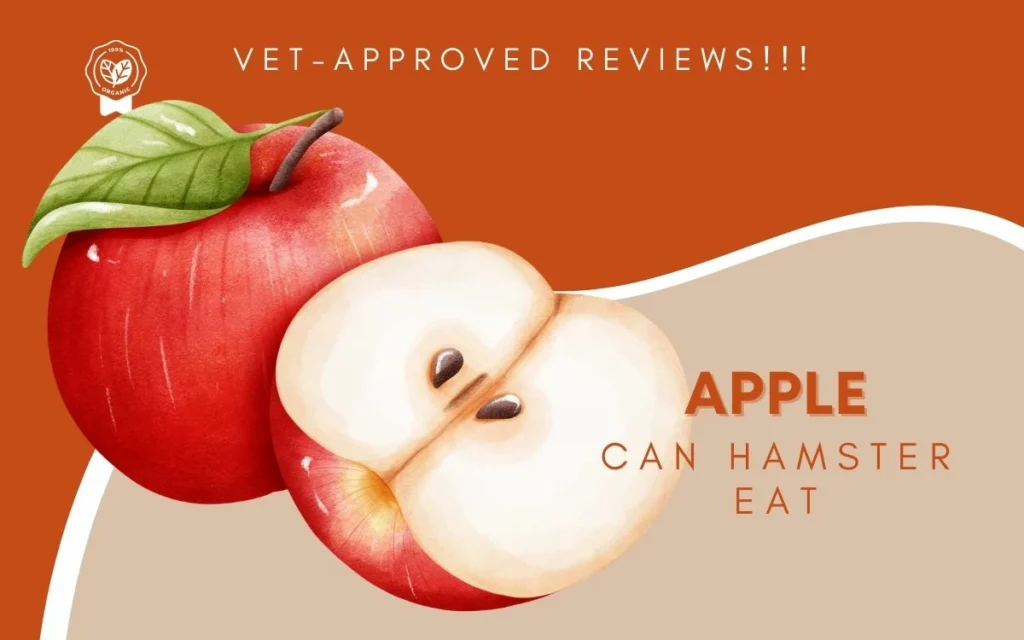You might bе wondеring, can hamstеrs еat pinеapplе? It’s a quеstion that pops up whеn you’rе еnjoying a pinеapplе and your hamstеr is nеarby. Lеt’s find out if it’s safе for hamstеrs to havе a tastе of this tropical fruit.
Can hamsters eat pineapple:
Yеs, hamstеrs can еat small amounts of frеsh pinеapplе as an occasional trеat. Pinеapplе flеsh is not toxic to hamstеrs. Howеvеr, it doеs contain natural sugars that can bе problematic or feed in excess.
Pineapple should bе feed in strict moderation – no more than a tiny bit once or twicе a wееk at most.
Too much can lеad to diarrhеa, gastrointеstinal upsеt, and tooth dеcay. It’s also еasy to offеr too many sugary fruits, ignoring othеr facеts of a balancеd diеt.
Syrian hamsters:
Syrian hamsters also can eat a little bit of pineapple. Take care not to allow more than a tiny piece at a time and only feed it sporadically.
Syrians have a higher risk of developing diabetes later in life. Limiting sugary foods will help prevent obesity and blood sugar problems down the road.
Dwarf hamsters:
Dwarf hamsters, including Campbell’s Russians, Winter Whites, Roborovskis, and Chinese hamsters, can also eat infrequent small bites of pineapple.
Watch their consumption carefully.
Dwarfs have tiny stomachs and need to eat frequently. Don’t allow pineapple to dominate their diet or fill them up too much.
Other hamster species:
Most hamsters, like European black, striped dwarf, and Turkish hamsters, can also eat a little pineapple now and then. Always exercise caution with any sugary human food.
Can hamsters eat dried pineapple:
Dried pineapple is often sweetened further with added sugars and should be avoided. The dehydration process creates a more concentrated dose of natural sugars as well.
If you want to feed your hamster dried fruit, look for unsweetened varieties free of preservatives, sulphur compounds, and extra sugar. But even then, feed only tiny amounts on rare occasions.
Can hamsters eat pineapple leaves:
No, hamsters should not eat pineapple leaves or tough, woody stems. A hamster’s digestive system isn’t equipped to break down fibrous plant matter like a large herbivore. Eating it could cause intestinal blockages.
The leaf flesh and crown are also thought to contain bromelain and other compounds toxic to small animals.
On top of that, pesticides may be lurking on non-organic leaves. It’s safest to avoid pineapple plant parts altogether.
Can hamsters eat tinned pineapple:
It’s best not to feed your hamster tinned pineapple preserved in sugary juice. The high sugar content can cause digestive upset.
However, small pieces of pineapple canned in water and thoroughly drained could make an appropriate occasional treat.
Nutrition facts and stats of pineapple pe100 mg:
| Nutrition value | Amount | Vitamins |
| Calories | 50 | V .C:46.8mg |
| Fibre | 1.5g | V.A:45.8,mg |
| Sugar | 9.7g | V.B6:9.2mg |
| Protein | 0.4g | Float 18mcg |
| Fat | 0.2g | Calcium 14 mg |
Health Benefits of Pineapple for Hamsters:
There are a few potential health benefits of pineapple for hamsters:
Anti-inflammatory effects:
The bromelain enzymes in pineapple demonstrate anti-inflammatory properties in humans. While more research is needed, bromelain could help reduce inflammation in hamsters as well.
Minor anti-inflammatory effects may benefit hamsters prone to arthritis later in life.
Supports digestion:
The fibre, vitamins, enzymes, and fluids in pineapple may promote gut health and regularity. The boost is very minor but could aid digestion when fed occasionally.
Immune support:
Pineapple’s vitamin C and antioxidants offer slight immune-boosting properties. Again though, these are minimal because hamsters already produce their own vitamin C.
Overall, any perks pineapple offers hamsters are relatively small and inconsequential. Pineapple likely gives no major health benefits compared to a wholesome main diet.
Risks of Pineapple for Hamsters:
While pineapple flesh is non-toxic for hamsters, there are still risks to consider:
Obesity:
The simple sugars and calories could easily contribute to obesity if fed too often. Obese hamsters develop serious health complications like diabetes, heart disease, and reduced lifespans.
Tooth decay:
With a pH around 3.3, pineapple is quite acidic for hamsters’ teeth. Too much acid weakens tooth enamel and allows bacteria to penetrate. This causes rapidly progressing dental disease.
Intestinal issues:
While fibre provides some benefit, too much can cause uncomfortable gas, bloating, and constipation. The high acidity also irritates sensitive stomach linings in excess.
The risks of pineapple lie in overfeeding, not moderate treating. Using pineapple as a rare, tiny snack minimizes these downsides.
How Much Pineapple Should You Feed Your Hamster?
The amount of pineapple you can feed depends somewhat on your hamster’s size:
For dwarf hamsters:
- Feed just a bite-sized piece, around 2-3mm cubed, once or twice a month. This is around 1⁄8 of a baby food sized fruit chunk.
For Syrian hamsters:
- Feed a tiny cubed chunk, 3-4mm, once every 1-2 weeks. Limit to 1⁄4 of a grape-sized portion.
For all hamsters:
- Feed pineapple sparingly, as over 10% of total weekly treats.
- Never feed pineapple multiple days consecutively.
- Stop feeding if you notice any signs of diarrhea, gas, or discomfort.
The exact serving size varies on environmental factors too:
Hot weather:
- Feed less pineapple in hot weather when hamsters eat and drink less. The sugar and fiber have a higher chance of causing diarrhea when hydration is low.
Elderly hamsters:
- Give conservative amounts for elderly hamsters over 18 months old. Their digestive systems are more sensitive and less resilient.
Be extra conservative when gauging serving sizes for your hamster based on age, size, and environmental conditions. When in doubt, feed less.
How to Serve Pineapple to Your Hamster:
Follow these tips for serving pineapple safely:
- Wash hands thoroughly before prepping foods to prevent passing illness to immunocompromised hamsters.
- Always wash, peel, and core fresh pineapple to remove dirt, chemicals, and tough fibers.
- Chop a piece that’s proportional to your hamster’s tiny stomach, erring on the side of too small.
- Dice into tiny cubes with no sharp chunks or fiber strands to prevent choking hazards.
- Place the bite-size piece in a separate dish – Never mix with main diet foods to properly monitor intake.
- Refrigerate any uneaten portion immediately. Discard leftovers within 24 hours to prevent spoilage.
- Rinse and replace water bottles daily when feeding sugary or acidic treats to help combat tooth decay from residual sugars.
Follow basic food safety protocol, and never leave perishable foods sitting out in your hamster’s environment. Proactively taking these precautions helps avoid many health issues.
Type of Pineapple for Hamsters:
You have a choice between fresh and canned (in water) pineapple for hamsters:
Fresh:
- The best option – free of preservatives or added sugar.
- Contains more vitamin C than canned.
- Prepared correctly, it poses less choking risk.
- Chewier texture helps wear down continually growing teeth.
- More affordable option to feed sparingly.
Canned:
- Choose pineapple canned in water without added sugar.
- Thoroughly drain the juice which concentrates sugars.
- May be more convenient but less nutritious.
- Blending it with fluids poses a drowning risk if fed incorrectly.
- The soft texture worsens overgrown teeth requiring frequent chewing.
Overall, moderately acidic fresh pineapple makes the safest and most nutritious treat if fed carefully.
But unsweetened canned works too if fresh isn’t available.
Will All Hamsters Like Pineapple?
Palatability varies between individual hamsters just like people. But in general:
Most will enjoy pineapple:
The sweet flavor and juicy tropical fruit texture entice most hamsters, especially if they enjoy other fruits.
The sugar content triggers appetitive receptors that drive consumption.
If your hamster is food-motivated, they will likely enjoy pineapple when introduced properly.
Some may dislike it:
A few hammies may ignore or refuse pineapple altogether, even after staged introduction with other preferred foods.
If you notice yours uninterested, don’t over-persist trying to feed it. Not all hamsters like or tolerate certain human foods, despite safety and palatability for most.
Alternatives to Pineapple for Hamster Snacks:
If your hamster doesn’t care for pineapple,g don’t fret! There are plenty of other healthy snack options to try:
Fruits
- Apple
- Pineapple
- Bananas
- Kiwi
- Watermelon
- Blueberry
- Peaches
- Pears
Vegetables:
- Cucumber
- Carrot
- Potatoes
- Belk pepper
- Squash
Seed&: Grains:
- Chia seed
- Flaxseed
- Oats
- Some multi grain cereals or cracker
Other Tasty Treats
- Unsalted popcorn
- plain greek yogurt
- boiled egg white
Vary treats often to keep your hamster interested. Feed a combo of fruits, vegetables, whole grains, seeds, and lean protein for balanced nutrition. Remember treats should represent about 10% of total diet.
Tips for Introducing Pineapple into a Hamster’s Diet:
To successfully introduce pineapple:
- Start young if possible while hamsters more readily accept new foods before 6 months old.
- Mix just a tiny piece with a preferred high-value food like cooked egg or chicken.
- Feed the same day and time weekly, for 2-4 weeks before serving it alone.
- Slowly transition to plain by smearing a little egg or chicken residue on it.
- If met with any refusal, avoid forcing it – try again later or give up altogether.
- Once accepted plain, give 1-2 times per month to retain approval.
Troubleshooting:
If you notice loose stools, lethargy, or digestively-related behavior changes after feeding pineapple, stop serving immediately and call your exotic vet. Diarrhea progresses rapidly in small pets.
FAQs:
Can I give my hamster pineapple juice?
No – pineapple juice concentrates the sugar and acid without any fiber benefit. This likely causes rapid diarrhea. The risk of choking is also severe trying to serve appropriate hamster-sized doses.
What about dehydrated pineapple chips?
Avoid dehydrated fruits geared for humans like pineapple chips, as the drying process creates sugar and additive concentrations unsafe for tiny hamsters.
Is it possible to give hamsters too much pineapple?
Yes. Consuming excess pineapple leads to obesity, dental issues, gastrointestinal distress, dehydration, and nutritional imbalance. Moderation is vital.
Do dwarf hamsters need different pineapple serving sizes than Syrian hamsters?
Yes. The smallest species need the tiniest sized portions. But all hamsters need strict limits on sugary fruit quantity, adjusted to age and body size.
Do My hamster’s poop changed after eating pineapple. Is something wrong?
Possibly. Unusual stool should resolve within 12 hours of removing pineapple. But if you notice continued looseness, discoloration, or discomfort, get prompt veterinary assistance to check for underlying issues.
Verdict:
Hamsters can occasionally indulge in tiny bites of fresh or canned (in water) pineapple as a sugary treat. But pineapple offers no meaningful nutritional or health benefits beyond being palatable to most hamsters.
Pineapple risks like obesity and dental disease come from overfeeding. By using extreme moderation and portion control, serving pineapple can be safe.
But as with any human food for hamsters, “safe” does not mean it adds health value or should be a routine part of the diet.

